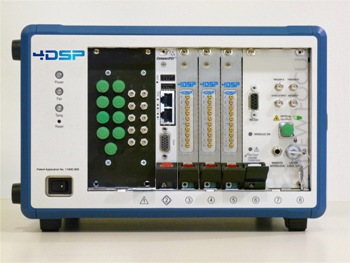4DSP LLC declared that NASA has granted a license for signal processing technology, which addresses the existing limitations when a certain type of fiber optic sensing solution is deployed.
 4DSP has licensed NASA technology and now offers a proven fiber optic sensing system
4DSP has licensed NASA technology and now offers a proven fiber optic sensing system
In recent years, fiber optic sensors have been used in several applications, including characterization of the environment under adverse conditions. However, processing speed constraints have been hampering engineers and hence the fiber optic technology has not been accepted universally. The NASA Dryden Flight Research Center, after many years of research, has now developed a solution which would increase the processing speed by 15 to 20 times. NASA then selected 4DSP to develop a turnkey processing platform, which would incorporate the technology. 4DSP now offers a proven fiber optic sensing system, the RTS150, which could be rapidly deployed in a range of applications over multiple fields.
According to W Lance Richards, who serves as Aerospace Research Manager at NASA Dryden Flight Research Center, the licensing of the NASA invention to 4DSP was a significant step towards utilizing this technology in a series of commercial sectors. The sensing technology would revolutionize fields such as aeroelastic feedback control, in-situ structural health monitoring, structural design, end-of-life cycle decision making and testing, to name a few.
At present, the market does not offer anything similar to the 4DSP solution as far as performance and cost ratio is concerned. Along with the regular benefits of fiber optic sensing solutions such as better immunization to environmental factors and reduced sensor weight and size, the solution also offers a huge number of high density sensors at elevated sample rates, giving rise to low price per sensor that could be used for real-time monitoring purposes.